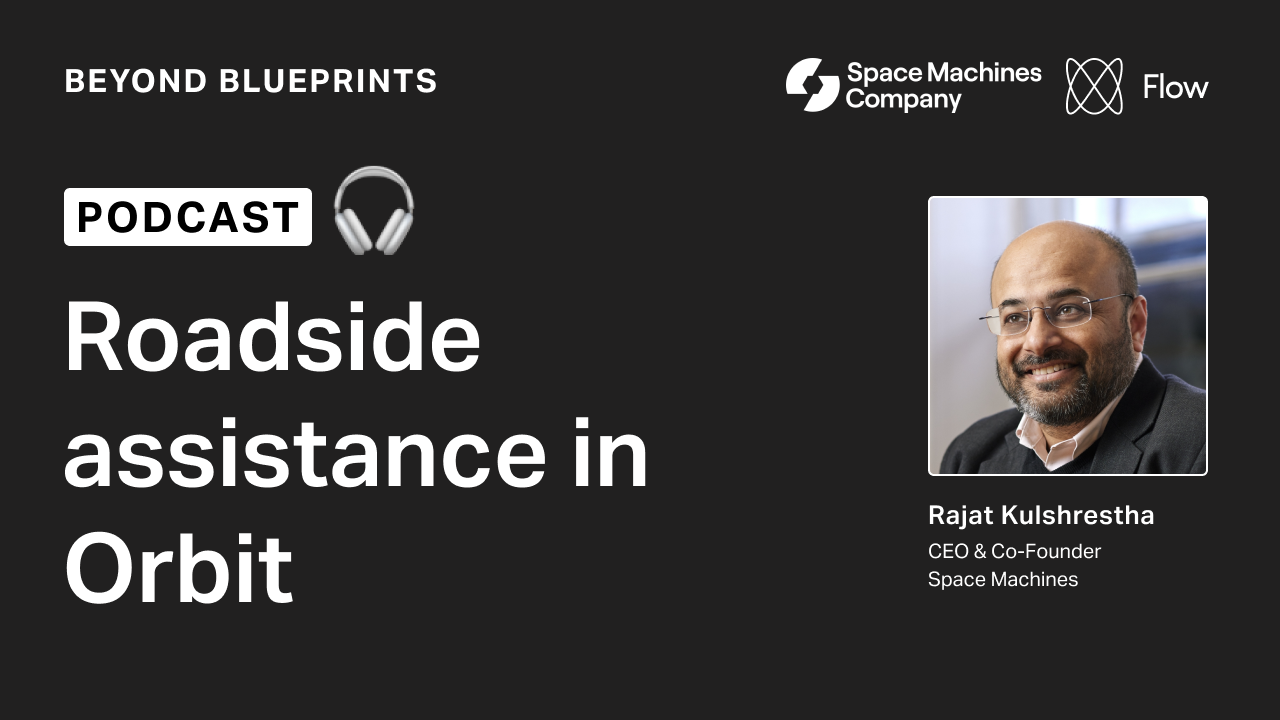- Handbook
- Industries
- Product
- Integrations
- Pricing
- Resources
- Company
Oct 31, 2023
Beyond Blueprints, Episode #2: Roadside Assistance in Orbit
Michael Bulman
Episode #2 of Beyond Blueprints is here, featuring an interview with Rajat Kulshrestha, CEO & Co-Founder of Space Machines. A company built around delivering accessible on-orbit satellite servicing and protection.

Agile Systems Engineering Briefing
Monthly newsletter and examples on building better iterative engineering cultures from teams like SpaceX, Stoke and Impulse Space.
Share this post
© Copyright 2025 TRC Space Ltd.
All rights reserved.
Providing new-age engineering companies with a requirements tool that is built specifically for their needs and allows them to focus on engineering ground breaking products.